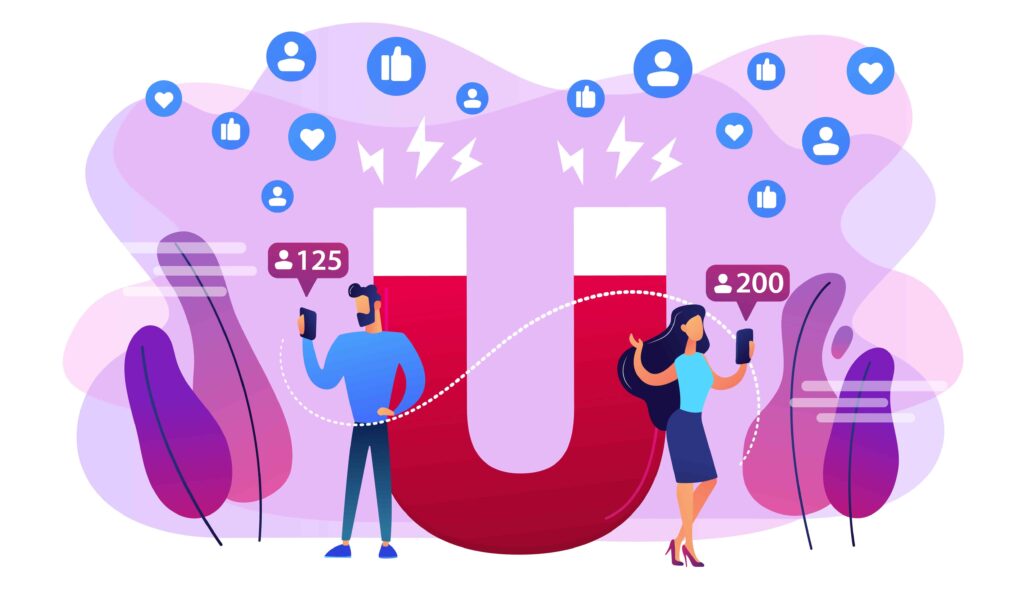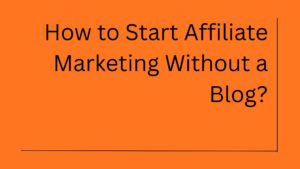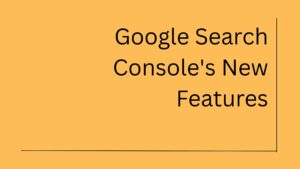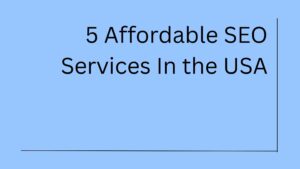Inbound marketing is about attracting people, not chasing them. It’s the pull, not the push. And what better place to draw people in than where they’re already spending time? That’s exactly where social media comes in.
Think about it. You’re probably on social media every day. Maybe a bit too much. Scrolling, pausing, reacting, sharing. It’s where attention lives now. That’s why social media has quietly (and maybe obviously) become one of the most powerful engines driving inbound marketing.
Let’s unpack that.
What Inbound Marketing Really Means?
Before diving deep, let’s clarify what inbound marketing actually is.
It’s not ads.
It’s not cold calls.
It’s not shouting louder.
Inbound marketing is all about creating value and pulling people in organically. It relies on:
- Useful content
- SEO
- Email lists
- Landing pages
- Lead nurturing
- And yes… social media.
Instead of interrupting people, inbound gives them something they want when they want it. It meets people where they are. Could you guess where that is? Twitter. Instagram. LinkedIn. TikTok. YouTube. Facebook.
So no, social media isn’t just a “distribution channel.” It’s a core part of how inbound marketing works.
The Importance of Social Media in Inbound Marketing
Here’s the thing: social media isn’t a billboard. It’s a conversation.
Inbound marketing thrives on relationships. Trust. Value. Social media is where those things naturally happen.
Let’s run through a few reasons this match works:
1. It’s Where Your Audience Hangs Out
It’s the most obvious point, but worth stating. People are already on social platforms voluntarily. They’re not there to be sold to, but they’re open to discovery. That’s important.
You can meet people at:
- The discovery stage (scrolling casually)
- The consideration stage (researching through reviews or influencer opinions – maybe you see via any influencer marketing campaign)
- Even the decision stage (following a brand to look for social proof)
And since inbound is about meeting people where they are, social media is ideal.
2. It Drives Traffic to Your Content
Blogs, videos, lead magnets, all those things are great. But if nobody sees them, they’re just sitting on your website gathering dust.
Social media acts like the vehicle. You share a post → someone clicks → now they’re on your blog → maybe they subscribe → now you’ve got a lead.
It’s like planting seeds every post, every link, every bit of engagement brings someone closer to your world.
You don’t need to shout. You just need to show up consistently.
3. It Humanizes Your Brand
Let’s face it. A blog post, even a good one, can feel a bit distant. Formal. Carefully crafted.
Social media? That’s where things loosen up a bit.
You can:
- Talk like a human
- Respond to comments
- Share behind-the-scenes stuff
- Ask your audience for opinions
- Show wins and fails
Inbound marketing isn’t just about being helpful, it’s about being relatable. Social media makes that possible in a way that blog posts or emails often can’t.
4. It Helps You Listen, Not Just Talk
Inbound isn’t just about pushing content. It’s about listening. Understanding what people care about. What they’re struggling with. What they’re searching for.
On social media, you can:
- Track comments and replies
- Follow trending hashtags
- Join groups and communities
- Watch how your competitors engage
It’s basically free market research happening in real time.
You learn what your audience really wants, then create content or products that meet those wants. That’s inbound at its core.
Social Media as a Content Engine
Let’s not pretend social media is just for sharing blog links. It’s content in itself.
Each platform has its own style:
- Instagram: Visual storytelling, short-form reels, carousels
- LinkedIn: Professional insights, thought leadership, case studies
- Twitter/X: Quick takes, trending commentary, polls
- TikTok: Fast, fun, highly engaging short videos
- Facebook: Groups, live videos, events, community interaction
- YouTube: Long-form, educational, deep-dive content
All of these can be tied back to your broader inbound strategy.
For example:
- A how-to video on YouTube can link to a related guide on your site.
- A tweet sharing stats can tease a larger blog post.
- An Instagram carousel can break down a complicated topic, then point to your lead magnet.
Every piece is part of the bigger puzzle, pulling people in.
Building Trust Over Time with Inbound Marketing
Here’s something important: inbound is a long game.
It’s not a one-post win. It’s not viral or bust.
Social media plays a key role in staying top of mind. When people see you consistently showing up with useful, authentic content, they begin to trust you.
Even if they don’t need what you offer right now.
That trust compounds.
And when the time does come when they do need your product, your advice, your service, guess who they remember?
You.
Because you weren’t selling. You were helping. And social media gave you the space to do that repeatedly, without being pushy.
Nurturing Leads in Public and Private
Another piece of the puzzle: social media isn’t just public posts.
DMs matter.
Comments matter.
Private conversations often begin with a public post. Someone likes what you shared. They reply. You engage. Maybe you can send a message. Maybe they visit your site. Maybe they sign up.
It’s not a funnel with clear lines. It’s more like a web. And social media is where many of those threads start and continue.
It’s Not Just About Organic Reach
Now, to be clear, organic reach on some platforms (looking at you, Facebook) is… well, limited.
But inbound marketing doesn’t mean you never spend a dime.
Paid social media done right can enhance your inbound efforts. For instance:
- Boosting a high-performing blog post to a cold audience
- Retargeting people who visited your site but didn’t convert
- Promoting a lead magnet to build your email list
It’s not about blasting ads. It’s about amplifying content that already resonates.
That still fits within the inbound mindset because it’s value-first.
Social Proof is Inbound Gold
Think about how you shop online.
You probably read reviews. Maybe check how active the brand is on social. Do they respond? Do they feel human?
That’s social proof. And social media is a huge part of it.
When people:
- Comment on your posts
- Tag you in a story
- Share your content
- Leave good reviews
- Talk about your brand
…it builds trust.
You’re not just some company. You’re a real brand with a real presence. That’s powerful and entirely aligned with inbound goals.
Real Stories: A Quick Example
Let’s say you’re a SaaS company that offers digital marketing software tools, particularly, an email marketing tool.
You publish a detailed blog post: “10 Mistakes to Avoid in Email Campaigns.”
Now, on social media:
- You break it down into a LinkedIn carousel
- Share a short “mistake #1” video on TikTok
- Tweet a stat from the article with a link
- Ask your followers to share their email fails on Instagram
You didn’t just publish a blog. You built a social media ecosystem around it.
And from there?
- You got comments
- Some clicks
- A few people subscribed
- Someone DMed asking for a demo
- A micro-influencer shared your post
- Your brand visibility grew all without pushing anything aggressively
That’s inbound. And social media helped make it happen.
Your Outbound Activities Don’t Need to Be Everywhere
One important thing: don’t burn out trying to post on every platform every day.
Focus where your audience actually is.
If you’re a B2B brand, maybe LinkedIn and YouTube are enough.
If you’re D2C and targeting Gen Z, you’re likely better off with TikTok and Instagram.
You don’t win by showing up everywhere. You win by showing up where it counts with content that pulls people in.
The Marketing Data Backs It Up
Not to throw a bunch of stats at you, but consider this:
- 71% of consumers say they got influenced by social media. They have purchased something they saw on a brand’s social media.
- B2B marketers report that social media is the second most effective content distribution channel after email.
- 54% of social browsers use social media to research products.
So, yes, social media isn’t just part of the inbound machine. It’s one of the engines.
Final Thoughts (Definitely Not a Conclusion)
Is social media the only part of inbound? No. Not even close.
You still need:
- Quality content
- Solid SEO
- Lead nurturing sequences
- Email strategies
- Landing pages that convert
But social media ties it all together. It’s where discovery often begins. Where trust is built. Where conversation happens. And where your inbound flywheel gets that extra spin.
So if you’re treating social media as just “something to post on once in a while”… you’re missing the point.
It’s not just part of your strategy.
It’s the place where your inbound marketing actually comes alive.

The Chief Author and Editor at Intothecommerce. As a seasoned expert in digital marketing, I direct the site’s strategic content and ensure every piece meets the highest industry standards. My insights drive our coverage on SEO, paid media, and cutting-edge marketing technology.






1 thought on “Why is Social Media an Important Part of Inbound Marketing?”
You said it for sure and stood why its vital to have social media as part of marketing strategy, be it any channel.